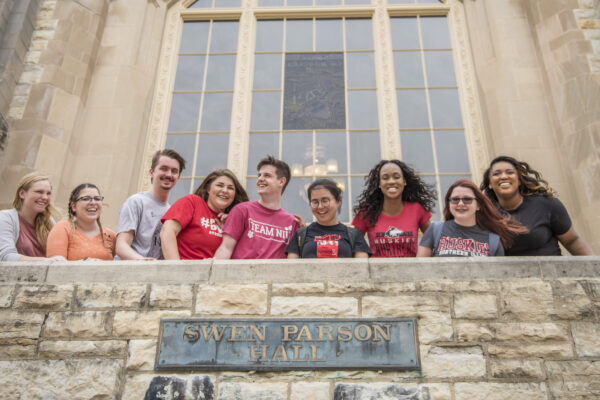Nearly a decade ago, Georgia State University (GSU) had an institutional graduation rate of just 32 percent. And low-income students receiving Pell Grants fared even worse, with rates around 15 percent. Instead of accepting these low retention rates, GSU began to investigate ways to help the students being left behind.
It started with data. GSU found that those who earned a C in a major introductory course had only a 25 percent chance of graduating in that field, so academic advisors now give these students extra attention. In tandem with that effort, advisors are also proactive about reaching out to struggling students, ensuring that they are given help before C’s turn to F’s.
GSU also switched certain classes from lectures to labs, and hired upperclassmen as tutors in classes dominated by first-generation and low-income students, who often are less likely to reach out to professors for help.
Next, the university developed a financial risk tracking system, which helped it find the major reason many on-track students abandon their studies—they might be short a couple of hundred dollars for tuition, books or other expenses, so they get dropped from their courses.
As a result, in 2011 the university created the Panther Retention Grant program to give these students small “just-in-time” grants along with financial consulting.
The average grant is around $900, and 88 percent of students who have received the assistance have graduated or are still enrolled.
Over the past decade, GSU’s institutional graduation rate has improved 22 percentage points. ACE recognized its work with the 2015 ACE/Fidelity Investments Award for Institutional Transformation.
See The New York Times for a look at the bigger picture behind drop-out statistics.
If you have any questions or comments about this blog post, please contact us.


